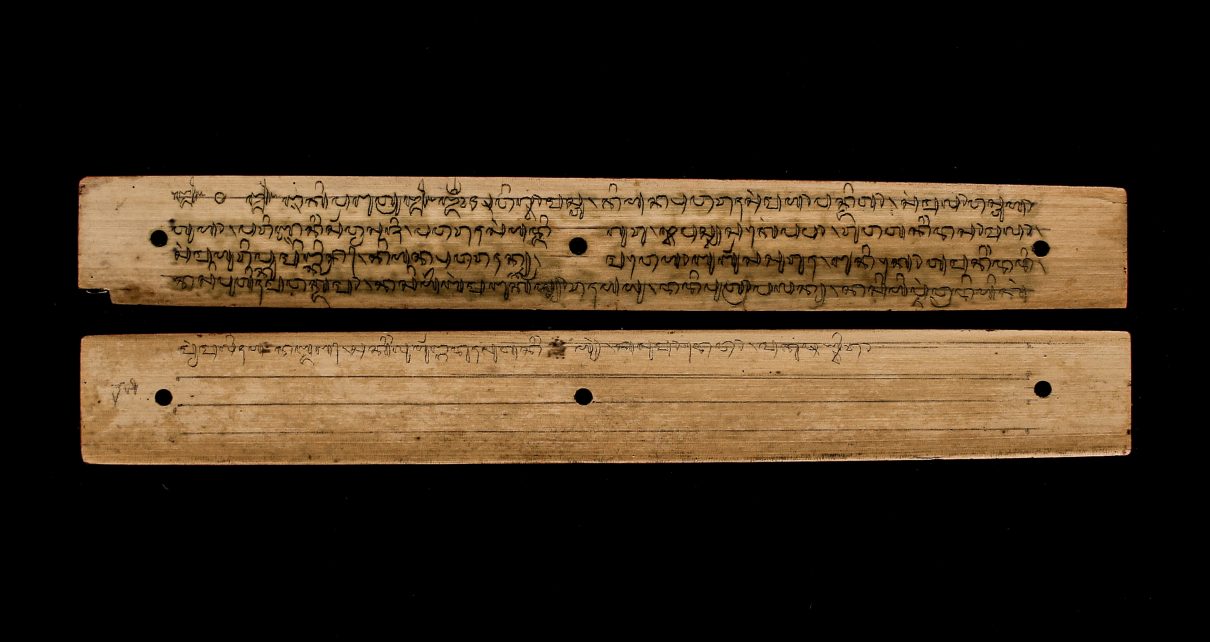Discover the Intersection of Bebali and Sumba Textiles at the ‘Dua Bentala, Seiring’ Exhibition
Introduction
Textiles have always been an integral part of various cultures around the world. Not only do they serve a functional purpose, but they also hold deep cultural and symbolic meanings. In Indonesia, the art of textile weaving is particularly cherished, with each region showcasing its unique weaving techniques and designs. One such exhibition, the ‘Dua Bentala, Seiring’ Exhibition, explores the intersection of Bebali and Sumba textiles. In this article, we will delve into the rich heritage of these textiles, their significance, and the mesmerizing artworks on display at the exhibition.
The Rich Heritage of Bebali and Sumba Textiles
Bebali and Sumba textiles both originate from Indonesia, showcasing the country’s rich cultural diversity and artistic traditions. Let’s take a closer look at each type of textile and its distinct characteristics:
1. Bebali Textiles
Originating from Sumba Island in eastern Indonesia, Bebali textiles are renowned for their intricate ikat weaving technique. Ikat is a complex dyeing process that involves tying and dyeing the threads before weaving them into a fabric. The resulting patterns are unique and visually striking.
The Bebali textiles often incorporate motifs inspired by the island’s natural surroundings, including animals, plants, and spiritual symbols. The colors used are vivid and vibrant, reflecting the island’s tropical landscape. These textiles are traditionally worn during important ceremonies and serve as a symbol of the wearer’s status, wealth, and cultural identity.
| Textile | Characteristics |
|---|---|
| Bebali | Intricate ikat weaving technique, motifs inspired by natural surroundings, vivid and vibrant colors |
| Sumba | High-quality handwoven fabrics, intricate geometric patterns, vibrant color combinations, symbolic motifs |
2. Sumba Textiles
Sumba textiles, also originating from Sumba Island, are revered for their high-quality handwoven fabrics. The weavers meticulously create these textiles using backstrap looms, a traditional weaving tool common in Southeast Asia. Sumba textiles are known for their intricate geometric patterns and vibrant color combinations.
Each motif on Sumba textiles holds symbolic meaning, often representing concepts such as fertility, protection, and social status. These textiles are primarily worn during traditional rituals and ceremonies. They are treasured heirlooms, passed down through generations and woven with deep connections to the island’s cultural heritage.
The ‘Dua Bentala, Seiring’ Exhibition: An Unforgettable Experience
The ‘Dua Bentala, Seiring’ Exhibition is a breathtaking showcase of the intersection between Bebali and Sumba textiles. This exhibition celebrates the rich cultural heritage of Indonesia, providing visitors with an opportunity to explore the captivating world of Indonesian textile art. Let’s discover what makes this exhibition truly exceptional:
1. The Display of Rare and Authentic Textiles
At the ‘Dua Bentala, Seiring’ Exhibition, visitors have the chance to witness a collection of rare and authentic Bebali and Sumba textiles. These textiles are carefully curated from private collectors and renowned textile enthusiasts. Each textile tells a unique story, displaying the artistic mastery of the weavers and their deep-rooted cultural significance.
2. Interactive Workshops and Demonstrations
To further enrich the visitors’ experience, the exhibition offers interactive workshops and demonstrations. Participants can learn about traditional weaving techniques directly from skilled artisans, allowing them to gain a deeper appreciation for the textiles’ complexities and the time-honored craftsmanship.
3. Collaborative Works and Modern Interpretations
In addition to the traditional textiles, the ‘Dua Bentala, Seiring’ Exhibition also features collaborative works and modern interpretations of Bebali and Sumba textiles. This innovative approach brings together contemporary artists, designers, and weavers, showcasing the synergy between traditional techniques and contemporary artistic expressions.
Visitors can explore thought-provoking installations, fashion pieces, and other artistic creations that blend the past and the present. This aspect of the exhibition highlights the ongoing evolution of textile art, ensuring its relevance and continuity in the modern world.
4. Preservation and Promoting Cultural Identity
The ‘Dua Bentala, Seiring’ Exhibition also aims to preserve and promote Indonesia’s cultural identity through its textile heritage. By showcasing the intricacies of Bebali and Sumba textiles, the exhibition raises awareness of the importance of preserving traditional weaving techniques and encouraging their continued practice.
The exhibition serves as a platform for weavers, artisans, and designers to collaborate, exchange knowledge, and inspire future generations to carry forward this rich cultural legacy. Through their creativity, they contribute to the sustainability and revitalization of Indonesian textile traditions.
Conclusion
The ‘Dua Bentala, Seiring’ Exhibition is a vibrant celebration of the intersection of Bebali and Sumba textiles. It showcases the rich heritage, traditions, and creativity that are integral to Indonesian textile art. By exploring this exhibition, visitors gain a deeper understanding of the cultural significance of these textiles and experience firsthand the timeless beauty of their intricate patterns and vibrant colors.
The ‘Dua Bentala, Seiring’ Exhibition is more than just an art display; it is an invitation to immerse oneself in the captivating world of Indonesian textiles, where tradition and innovation harmoniously intertwine. So, if you are passionate about textile art and want to witness the enchanting legacy of Bebali and Sumba textiles, don’t miss this extraordinary exhibition.





